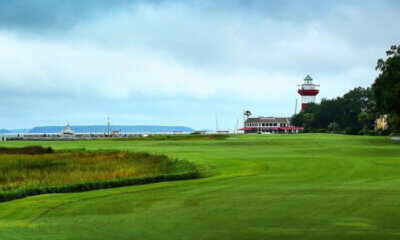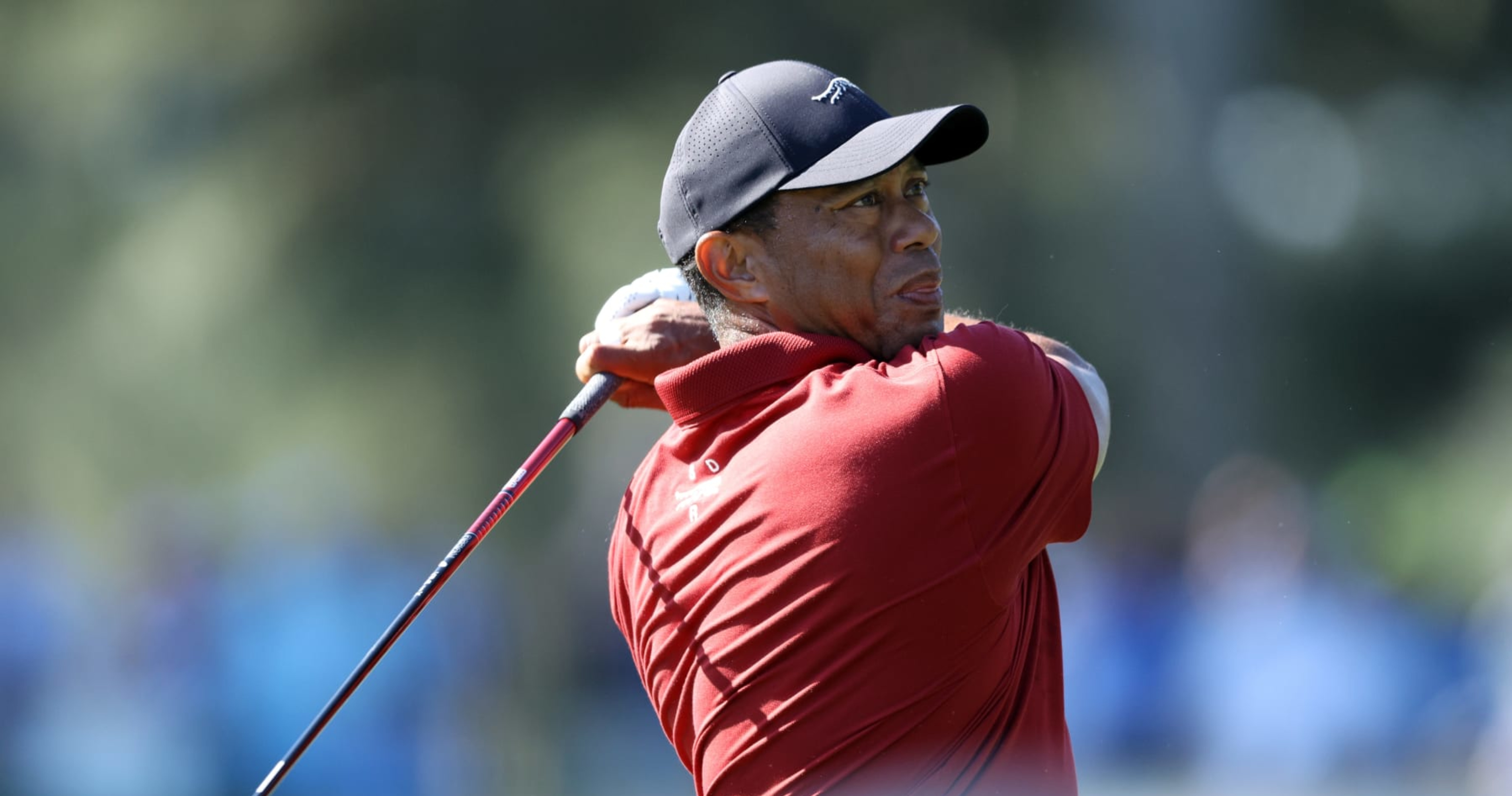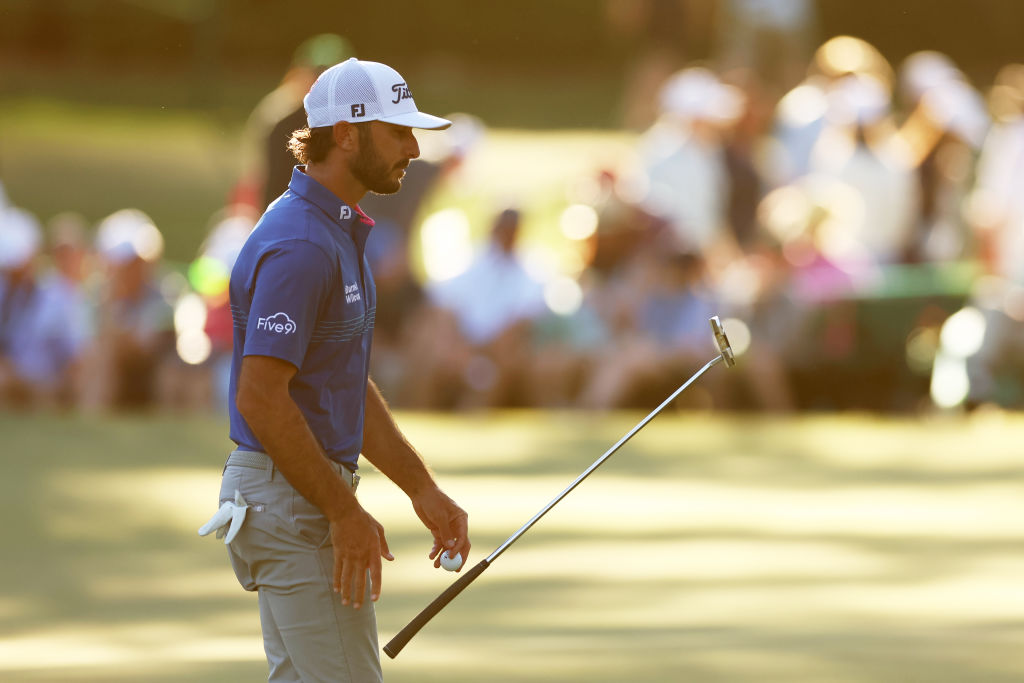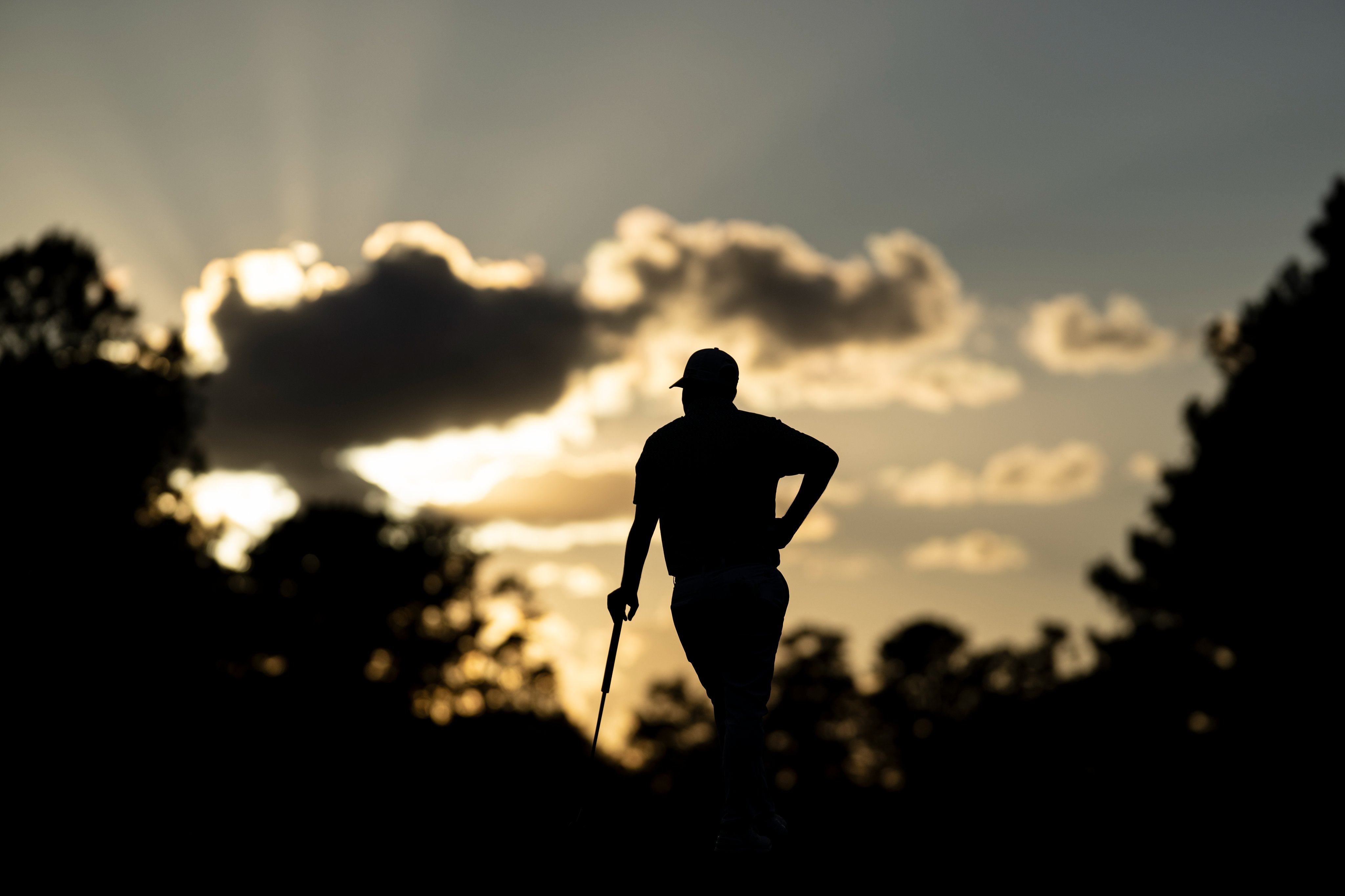Golf Instruction
Understanding Golf Ball Flight for Beginners
Do we hit a golf ball or do we launch a golf ball? Is the golf ball struck to its destination or does it fly? The answer is yes. All of the above are true but only two are correct. How can this be? Let’s take a trip back in history and see if we can better understand these questions.
One of the earliest balls was the Feathery. A round ball made of leather and stitching that was stuffed with wet feathers that swelled as they dried, tightening the leather into a firm ball.

Examples of Featherie golf balls. Photo by Wikipedia.
These were very labor intensive and therefore very expensive. As you might imagine, a player was distraught when the ball became damaged, or scuffed by repeated strikes with irons or collisions with objects on the course. However, there was one good side effect to the damage, the ball went further by staying in the air longer. This phenomenon influenced the design of the next golf ball the hit the market, the Gutty.
Fashioned from packaging material made from dried resin from the Gutta-Percha tree, this ball was easier to make and cheaper.

Examples of the Gutty golf ball. Photo by Wikipedia.
With the knowledge gained from the Feathery, the Gutty, was designed with a cross hatching pattern of pimples (dimples came later) to simulate the marks or cuts the Feathery developed.
After the Gutty, the wound rubber ball was invented which had rubber strands wrapped around a solid core. This began the evolution of the design of a pieced golf ball. Along with these new designs came several dimple patterns that emerged and eventually led to the modern golf ball we play with today. Understanding why the ball flew further and why the ball needed pimples/dimples is the most interesting part and the most important principle in launching a golf ball.
The science behind the ball flight can be quite complicated once you get into calculation, but understanding the theory does not require a four year degree or doctorate in physics (which means even a schmo like me can understand it).
An object passing through a fluid, or medium, or a fluid/medium flowing around a stationary object has the same principle (spin also has an effect that I will mention later). For us, the golf ball is the former, it is moving through a medium which in this case is air.
If you’ve ever stuck your had out a window you understand one of the major forces acting on the golf ball, drag. There are different types of drag but for our discussion let’s keep it simple and say drag is what causes the ball to slow after it is struck by the club and eventually fall to the earth. The other force applied (there are several but we will focus on these two) is lift.
Simply, lift is an opposing force to gravity that allows objects to fly, that is created by having less pressure above an object than below, therefore pushing the object up. What we want as golfers is maximum lift and minimum drag. Are you still with me? GO BALL GO!!!
Whether a ball is smooth or dimpled has an effect on the amount of drag. Take a look at picture below.
Drag
There are a lot of words here that we won’t get into in this article but what we want to see is the size of the wake behind the ball. A larger wake means more drag (drag is such a drag) so a larger wake means less distance. The dimples on the ball excite the air and causes it to run along the surface of the golf ball a little longer therefore exiting threw a smaller door causing less interruption, if you will. So what about backspin?

Photo by www.physics.udel.edu
Backspin is imparted on the ball, whether or not it has dimples, by the ball climbing up the clubface on a downward strike. In my earlier question I asked if a golf ball flies or is it merely struck or hit to its destination? A ball that is struck on an ascending blow will have minimal backspin, if any, and will most likely have disastrous top spin. Think of this as merely slapping at the ball thus producing a force opposite of lift and killing the distance the ball will fly (I’m just slapping the ball today).
Top Spin

Photo by www.curtin.edu.my
As you can see in the above picture the direction of the spin is affecting where the pressure is applied to the ball, which in this case is from the top, against lift. On the other hand, a ball that is struck on a descending blow produces maximum backspin as the ball climbs up the face of the club. This action has the exact opposite effect, pushing the ball into the air. LIFT!! Wonderful LIFT!!!
All of this said, I feel if I had understood the flight of the ball as a beginner I would have better understood the need, consciously and unconsciously, to strike down on the ball as opposed to trying to hit the ball in the air. A downward strike launches the ball into flight.
I share this information in hopes of reaching out to a bewildered beginner on the verge of giving up. Golf is a game that can relate to life and teach us life lessons like no other game.
Cover photo via www.curtin.edu.my
-

 Fantasy Golf Predictions1 week ago
Fantasy Golf Predictions1 week agoFantasy Golf Picks, Odds, and Predictions – 2024 RBC Heritage
-
News1 week ago
NOTEGATE: Neal Shipley Shuts Down Rumor that Tiger Handed him a Note
-

 News1 day ago
News1 day agoPGA Tour Loyalty Payouts Revealed: Tiger Woods Stands to Make The Most
-
News1 week ago
‘It’s Quite Nauseating’: Max Homa on Current State of Men’s Pro Golf
-

 LIV Golf Tour1 week ago
LIV Golf Tour1 week agoDENIED: Rory McIlroy’s Team Confirms LIV Golf Rumors are False
-

 Fantasy Golf Predictions3 days ago
Fantasy Golf Predictions3 days agoFantasy Golf Picks, Odds, and Predictions – 2024 Zurich Classic
-
News1 week ago
The Masters TV Ratings Were Down 20%, But What Does it Mean?
-

 News1 week ago
News1 week agoRory McIlroy Clarifies LIV Rumors — Is He Going or Not?











